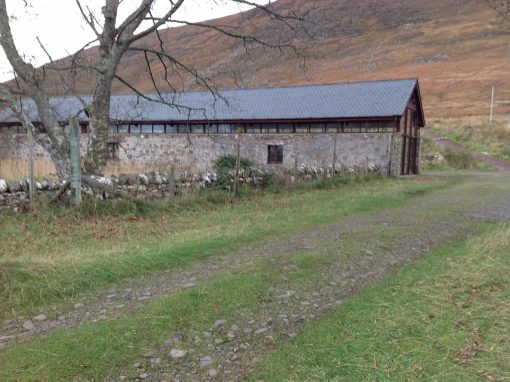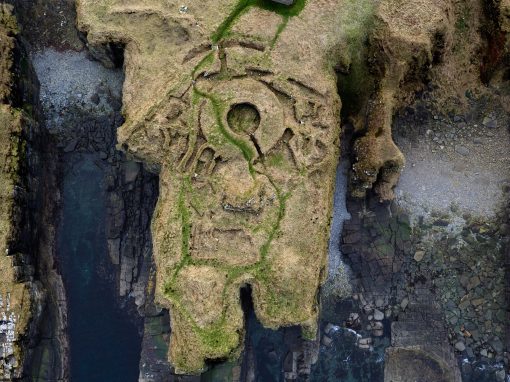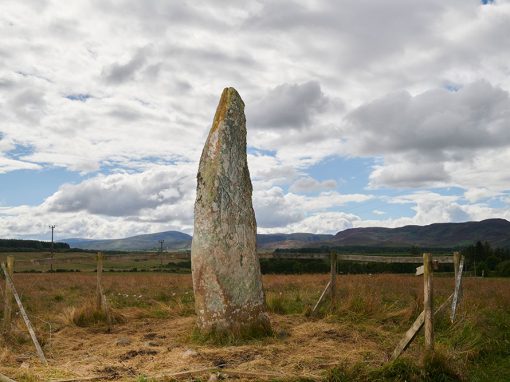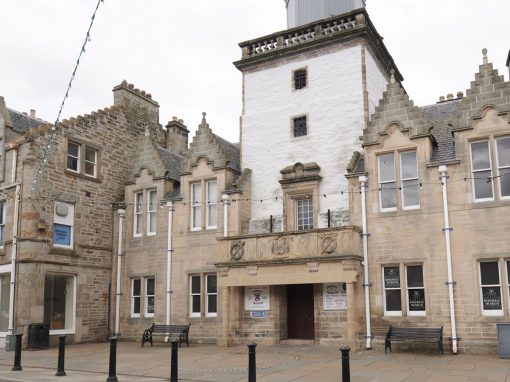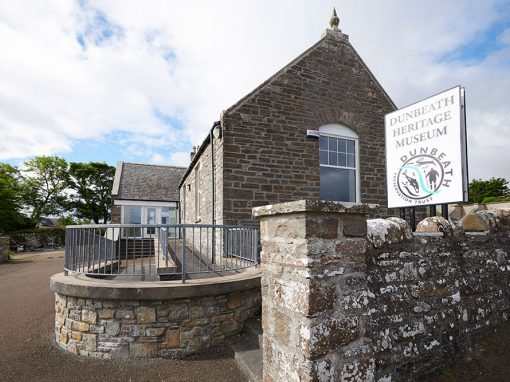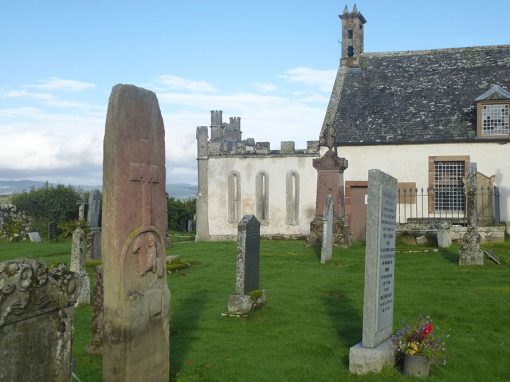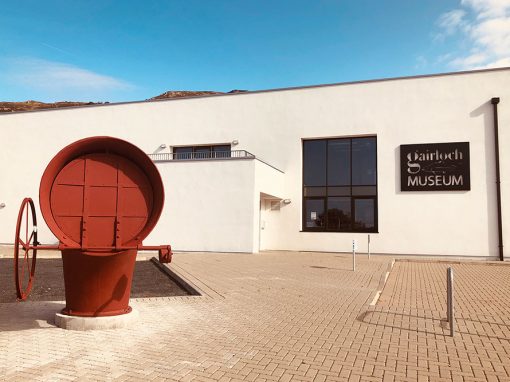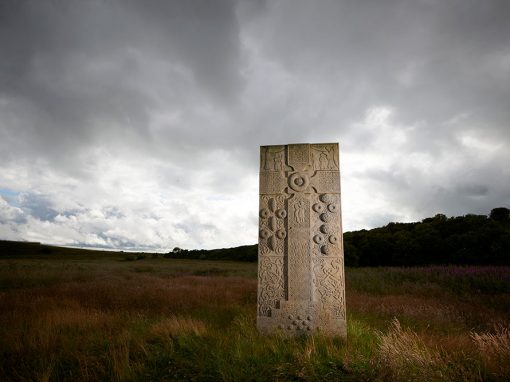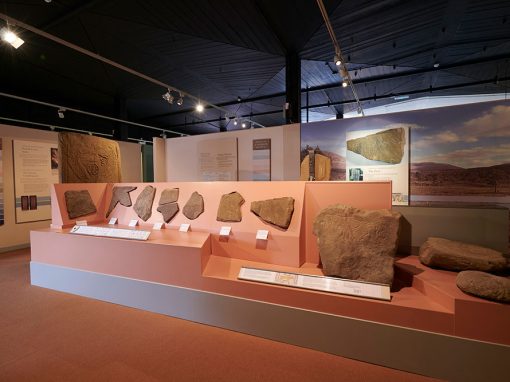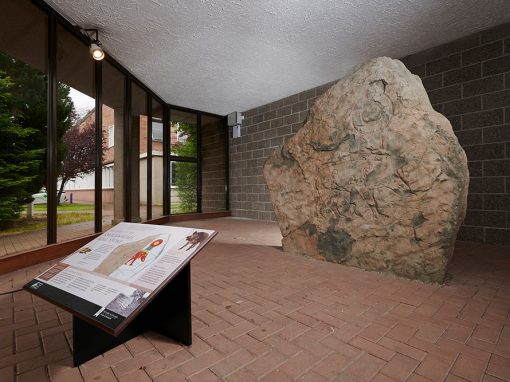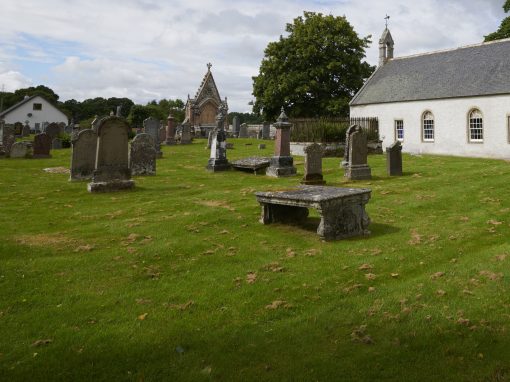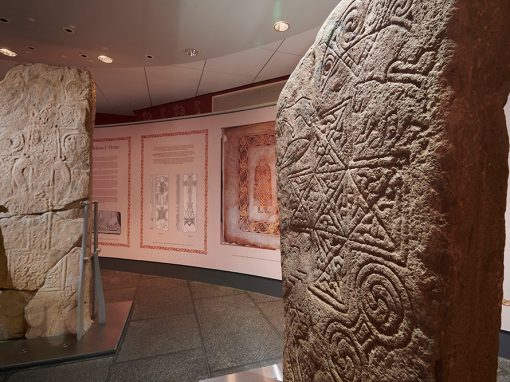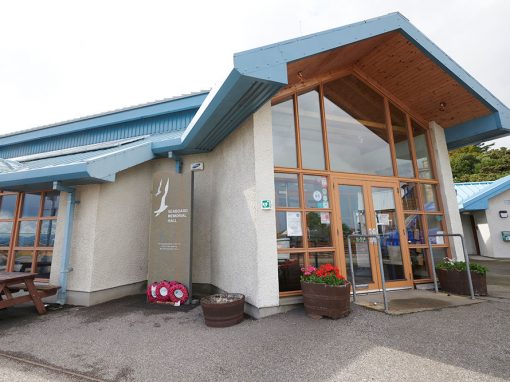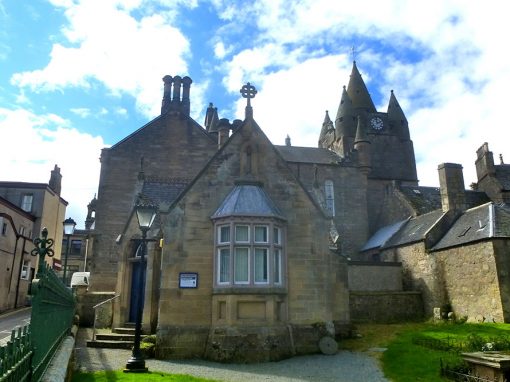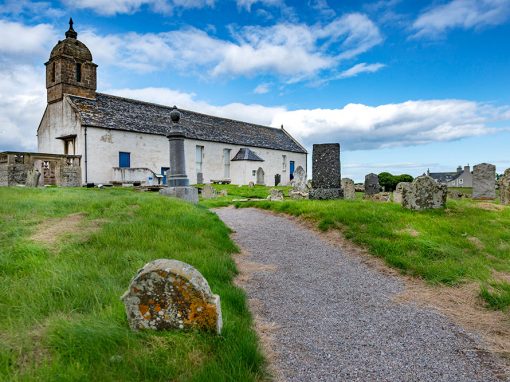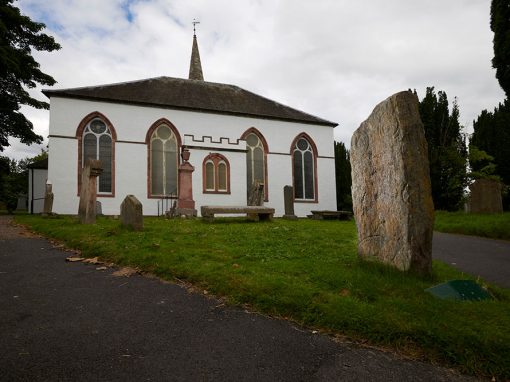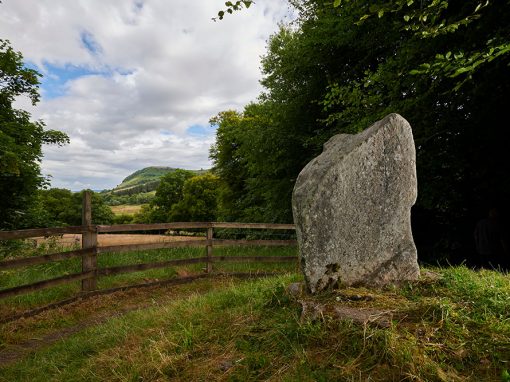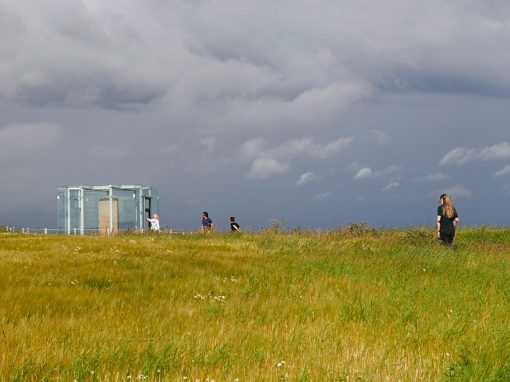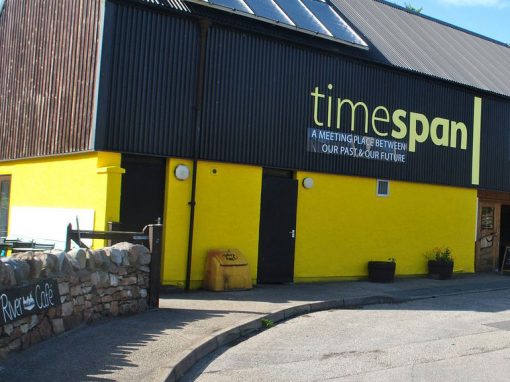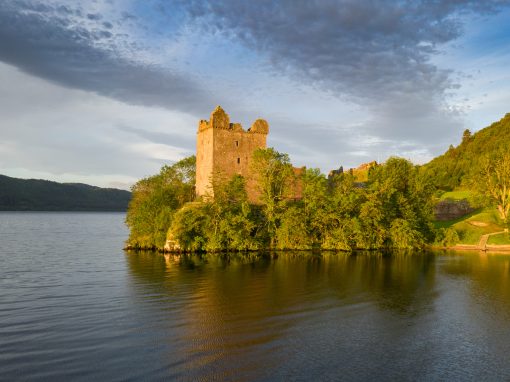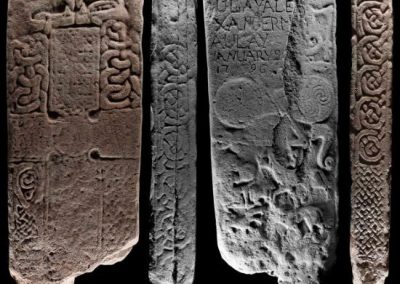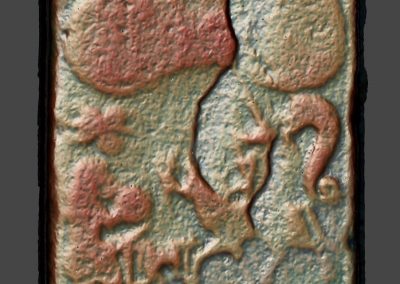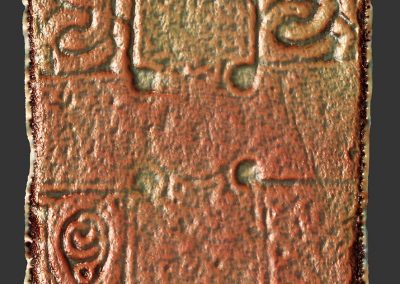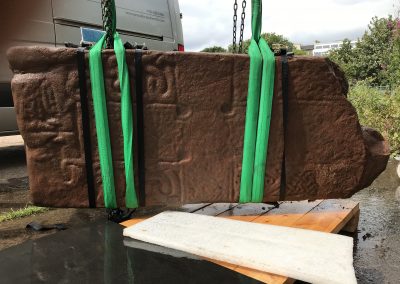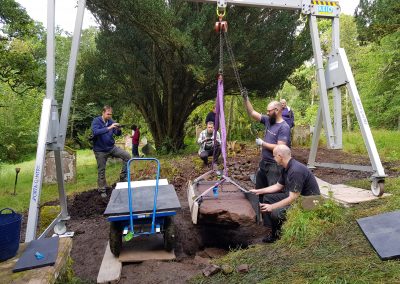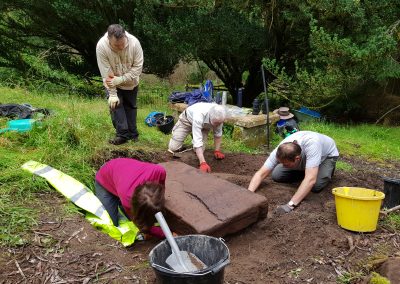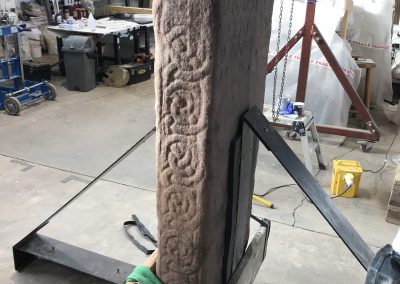Dingwall Museum
Location
Town House, High Street,
Dingwall, Ross-shire, IV15 9RY
Accessibility and amenities
Easy access
See full details below
Entry: free
Dingwall Museum
Location
Town House, High Street,
Dingwall, Ross-shire, IV15 9RY
Accessibility and amenities
Easy access
See full details below
Conan Stone, 3D image, Sketchfab, Avoch Community Archaelogy
Dingwall Museum
Taigh-Tasgaidh Inbhir Pheofharain
The Conan Stone
Clach Chonain
A unique and amazing Pictish crossslab discovered near Conon Bridge in 2019 and richly inscribed with designs including a large ornate Christian cross flanked by two huge serpent heads on one side, and, on the reverse, numerous Pictish designs including the mythical ‘hippocamp’ (“Pictish beast”) and other fantastical beasts, an animal- headed warrior with a sword and shield, and a double disc and Z-rod.
The stone is now on display in Dingwall Museum which is located in the impressive 18th century former Town House, the Burgh Council building on Dingwall’s High Street. Visitors can learn about the history of this important Highland town and its people through a range of displays and exhibitions.
Further information
The Conan Stone is the first Pictish cross slab to be discovered on the Scottish mainland for many years. Carved from red sandstone, it has been broken at some point and now stands at one and a half metres high although experts believe it may originally have been another metre taller. In the 1700s the stone was used as a grave-marker and an inscription ‘Hugh McAulay Alexander McAulay January 2 1796’ has defaced some of the original carving.
Until the discovery of the Conan Stone, the nearest known cross slabs were at Rosemarkie and Portmahomack. Although the size of the Conan Stone is similar to these other stones in Easter Ross, the imagery is very different. The motifs of the kneeling warrior has more in common with stones found in southern Pictland and the deeply-incised serpent heads with large fangs are unique in Pictish imagery.
A penannular brooch pin found in Conon Bridge is on display at Inverness Museum & Art Gallery where you can also see a stone found at Torgorm near Conon Bridge which features a double disc and Z-rod pattern.
Other Pictish sites in or near Dingwall include the Dingwall Stone in St Clement’s Churchyard, the Eagle Stone at Strathpeffer and Knockfarrell Hill Fort. These sites and finds all provide a fascinating glimpse into Pictish life in the Dingwall area.
The North of Scotland Archaeological Society (NOSAS) and the Pictish Arts Society spearheaded a successful fundraising campaign to raise and conserve the Conan Stone and allow it to be permanently displayed in Dingwall Museum. This work has been carried out by Graciella Ainsworth Sculpture Conservation.
In addition to the Conan Stone, Dingwall Museum also houses an important display on the military history of the burgh, with an emphasis on Major General Hector MacDonald. Other displays include a reconstruction of a local smiddy worked by six generations of the Gordon family, a re-constructed meeting of the former Town Council (complete with robes), and exhibits telling the wider history and heritage of the Dingwall area through the generations.
Accessibility and amenities
Visit website for opening hours
No entry fee
Email: enquiries@dingwallmuseum.co.uk
Accessible by public transport (bus)
Wheelchair access to building
Museum ground floor is accessible to people in wheelchairs but not yet the Council Chamber upstairs
Find more like this
